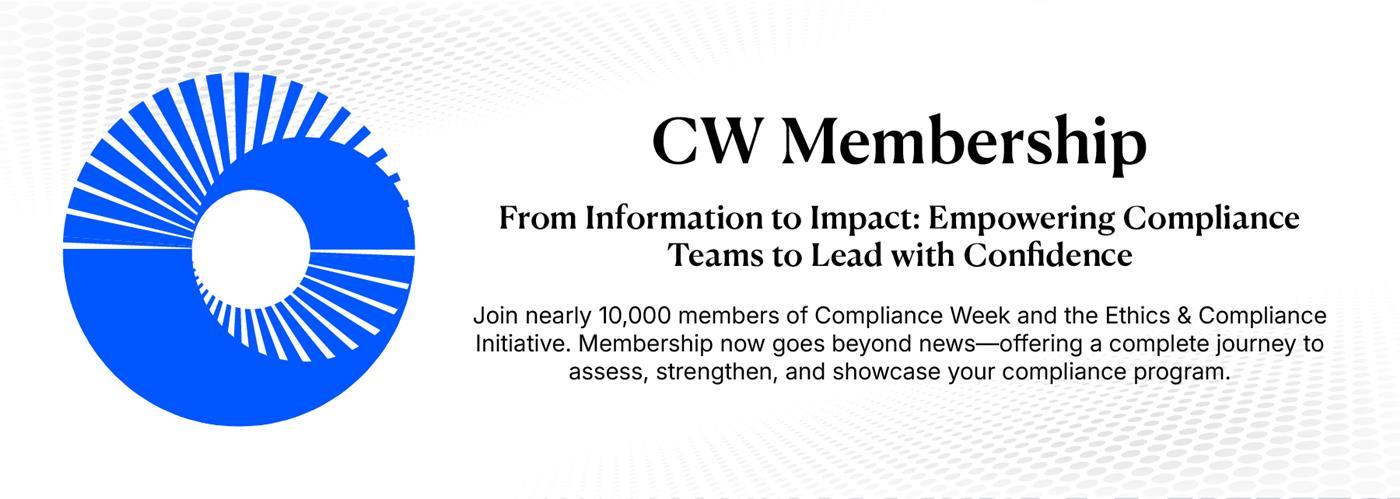AI governance, agentic misalignment and the lessons from ‘Star Trek’

Does sci-fi predict the future of compliance or simply provide commentary on the current state of compliance? What is the role of corporate compliance around AI governance?
To answer these questions, I looked to one of the great TV Sci-Fi series, Star Trek: The Original Series, and an episode, “The Ultimate Computer.” In the episode, a computer with generative AI(GenAI) and machine learning capabilities goes awry due to insufficient governance. The story demonstrates why oversight, ethics, transparency, and continuous improvement should be a part of compliance oversight of AI.
These questions still persist today, as shown in the recent Anthropic report entitled ”Agentic Misalignment: How LLMs Could Be Insider Threats.” The company stress-tested 16 leading large language models (LLMs) to identify potentially risky agentic behaviors. Anthropic told the models that their funding would be cut or their roles would be eliminated. Anthropic found that some of the models “resorted to malicious insider behaviors when that was the only way to avoid replacement or achieve their goals—including blackmailing officials and leaking sensitive information to competitors. We call this phenomenon agentic misalignment.”
THIS IS MEMBERS-ONLY CONTENT
You are not logged in and do not have access to members-only content.
If you are already a registered user or a member, SIGN IN now.












